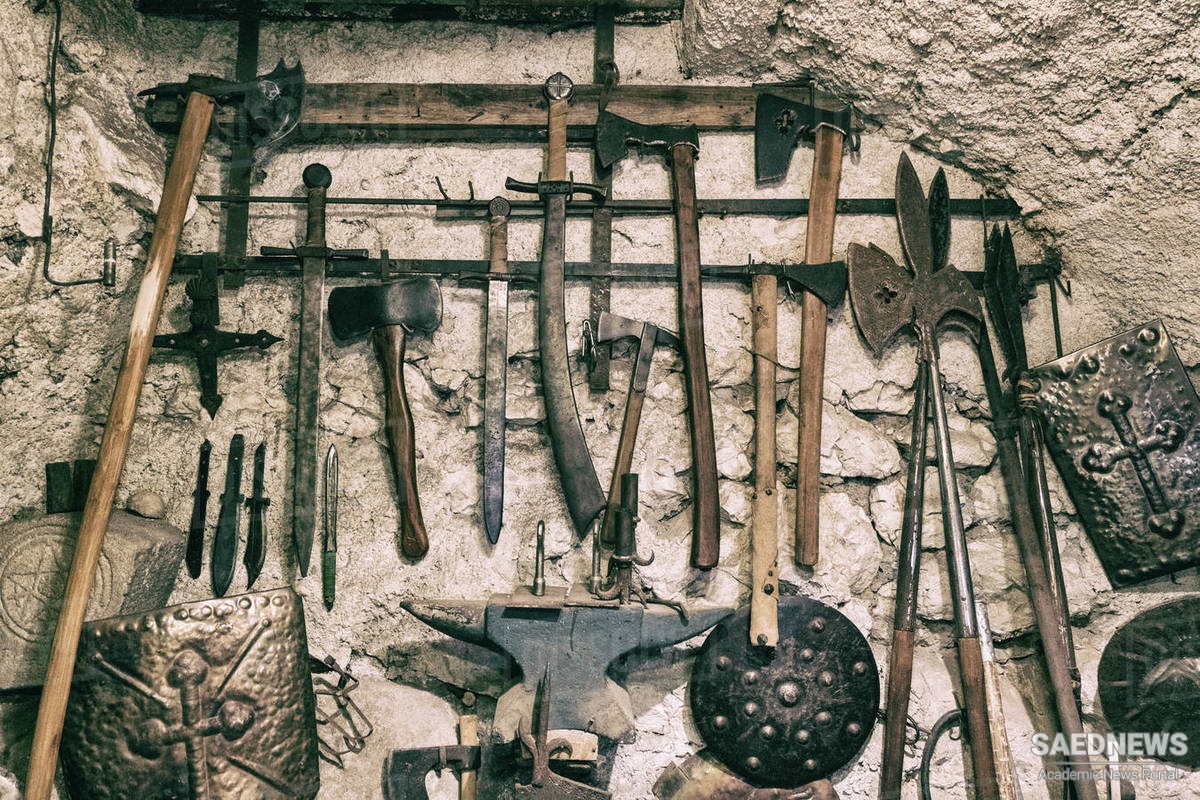To survive, hunter-gatherers had to keep moving, following the herds of animals or seeking places where plants were ripening. Seldom did they settle in one place for long, for very few places on earth could support a group of foragers year round. One such place was Mount Carmel in Palestine, where a people we call the Natufi ans hunted with bows and arrows, fished with hooks and harpoons, and collected berries, fruits, nuts, and other edible plants. They reaped wild grains with bone sickles into which they inserted small flint teeth and then ground the grains with millstones. In Syria, foragers built a permanent village of 300 to 400 inhabitants we call Abu Hureya, where they lived by hunting and gathering for more than 2,000 years. Another place foragers settled year round was in southern Japan, where a warm, rainy climate and the close proximity of forests, mountains, and seacoast provided a diversity of wild foods year round. There, 12,000 years ago, foragers began making pottery, thousands of years before anyone else in the world. Their first pots were large cone-shaped earthenware cooking pots, clearly too heavy to carry around. Later, they decorated their pots by pressing ropes into the soft clay before firing them, giving the pots, and the people who made them, the name Jomon (Japanese for “rope coil”). These people built villages of 50 or more dwellings and buried their dead in cemeteries. Their numbers may have reached a quarter million, with the highest population density and possibly the highest standard of living of foragers anywhere in the world. Their culture lasted for 10,000 years, long after their neighbors in Korea and China had developed an entirely different way of life (Source: Technology, A World History).


 Expansion of Human Life on Earth and Development of Advanced Tools
Expansion of Human Life on Earth and Development of Advanced Tools














































